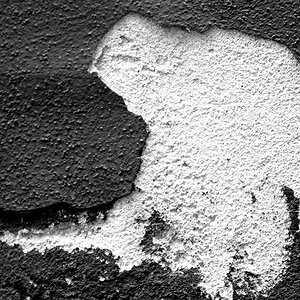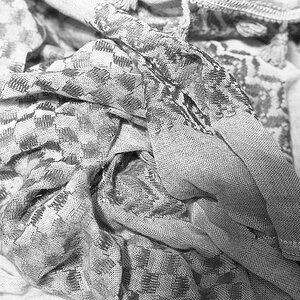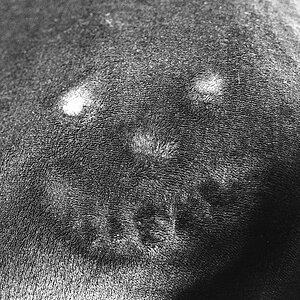supersix
TPF Noob!
- Joined
- Dec 12, 2010
- Messages
- 15
- Reaction score
- 14
- Location
- Brookville, Ohio
- Can others edit my Photos
- Photos NOT OK to edit
I had 2 rolls of Fuji 400 developed from the same photo finisher, from 2 different cameras I just got and was testing out and both sets of negatives were fogged. The film had an expiration date of 2018. The film was fogged in the same areas of the frame and in a similar pattern in the frame. The image shown was the more severe of the two. What are your thoughts? Cameras (I would think highly unlikely), film (not really that old), or photo finisher? Thanks.








![[No title]](/data/xfmg/thumbnail/34/34687-f643984276d5d6af7e697542a2e81c23.jpg?1619736603)


![[No title]](/data/xfmg/thumbnail/32/32813-9ade0851a7432024734a0c95c03e37d0.jpg?1619735670)


